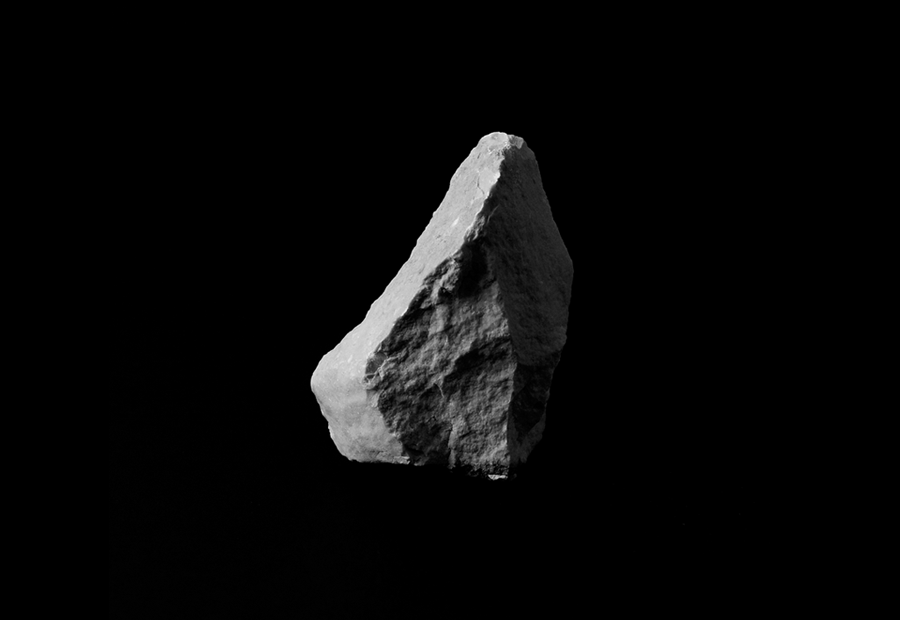A selection of our individual researched and practices, mapping the overlaps and cross-fertilisations born out of our ongoing collaborations, conversations and peer-support. Questions of.....?
A selection of our individual researched and practices, mapping the overlaps and cross-fertilisations born out of our ongoing collaborations, conversations and peer-support. Questions of.....?
Set in Stone - editorial by Elisa Adami

“...[In the] old time when the stones in the womb of the earth and the planets at celestial heights were still concerned with the fate of men, and not today when both in the heavens and beneath the earth everything has grown indifferent to the fates of the sons of men and no voice speaks to them from anywhere, let alone does their bidding. None of the undiscovered planets play any part in horoscopes anymore, and there are a lot of new stones, all measured and weighted and examined for their specific weight and their density, but they no longer proclaim anything to us, nor do they bring us any benefit. Their time for speaking with men is past.”
Leskov, The Alexandrite (1)
Since stones started to be measured, weighted, and scientifically gauged, Leskov tells us, part of their mysterious and ancestral capacity of speaking with men evaporated under scrutinizing lenses. Animism was traded in for the illusion of an absolute positivist knowledge. Idols were torn down and monuments of civilization were raised in their place. These monuments spoke loads, certainly, but their language was corrupted by the jargon of the powerful and the victorious. They set in stone the precarious and changing fates of human Empires.
“There is no cultural document of civilization that is not at the same time a record of barbarism.”(2) Monuments make not exception. If read against the grain, they reveal the savagery upon which they were built. So, war monuments cover up the bloodshed of the battle; obelisks, herald of the enlightened Western civilizations, are built in the colonies to hide, by way of celebrating, the barbaric massacre of the barbaric Other. To those who know how to look well, although, the smoke of the distant struggle still raises beyond the marmorean curtain. The haunting silhouette of cut-out obelisks troubles documents of the past (Céline Condorelli); the shape of war bunkers emerges from its natural camouflage of intertwined ivy (Gaetano Cunsolo); the snipers' spectral shadows rove in the Jewish Cemetery in Sarajevo, turned into battleground during the war (Mirna Pedalo). Sometimes, one has to seize the smoke of a moment of transition in an enduring image, freezing in time the scaffolding of a monument under construction (Ayed Arafah). Some other times, one will have to chase a statue that left its pedestal vacant (Stephen Carver). Who said that stone is an inert matter?
If stones do not utter words any longer, if they have stopped speaking with us, maybe we shall turn our words into stones. Can we speak a stony language, our mouth full of pebbles? And what would this language look like? Probably, it would take the shape of a fossilized imprint of our body (Aki Schilz), a concrete poem in the shape of a stone (Quinn Latimer), a geological aggregate of quotes crystallized on the surface of a war monument (Manca Bajec).
The stones we have here, hold nothing of the imperturbable and stubborn solidity of the grand narratives. This setting in stone does not produce monoliths, but crumbles in fragments and intangible pixels. Can one set in stone something in jpeg, gif, pdf, mp3 format? Rather than embalming, digital technology holds the power to resuscitate, so that a work of art lost in the haze of the past, can be brought back to life in virtual reality, its tactile qualities strangely hallucinated through the technical mediation (Johann Arens).
If stones do not speak with us as they used to, this is perhaps because we forgot how to read their subtle language. We lost the artisan's ability to see in a humble mineral a petrified prophecy concerning the historical world we live in. If we want to crack open the timeless casket of historical time, we should recover a gaze open to magic and poetical twists. Perhaps, then, what is set in the innermost corners of the stone will be revealed.
Elisa Adami
Co-Founding Director of Mnemoscape
( 1 )
Nikolai Leskov, "The Alexandrite", in Walter Benjamin, Illuminations, Pimlico: London, 95-96
( 2 )
Walter Benjamin, “Eduard Fuchs, Collector and Historian” (1937), in One-Way Street and Other Writings, Penguin: London, 1979, 359
